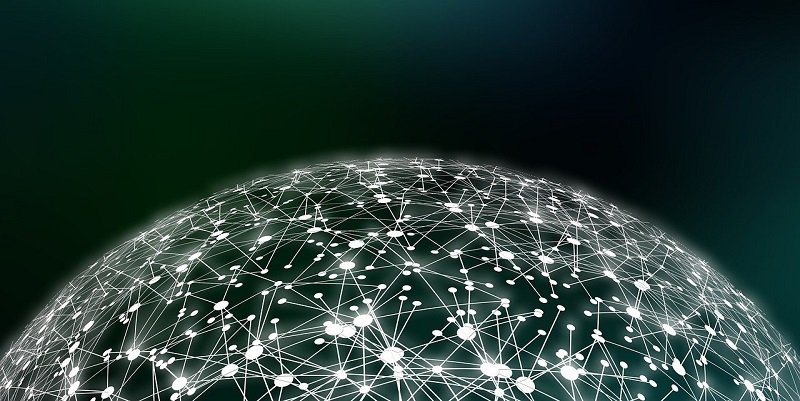In today’s interconnected world, the Internet of Things (IoT) has emerged as a transformative technology, enabling enterprises to automate and optimize various aspects of their operations. In this article, we will delve into the world of IoT in enterprise, discussing its definition, purpose, and the numerous benefits it offers.
Introduction to IoT in the Enterprise: Definition and Purpose
IoT, at its core, refers to a network of autonomous devices connected to the Internet that enterprises deploy to automate a wide range of business-related tasks. These IoT devices, equipped with sensors and monitors, collect valuable data, which is then transmitted to a central repository management application for analysis and insights. The main purpose of IoT in enterprises is to enhance efficiency, streamline processes, and improve decision-making through data-driven insights.
Data collection in IoT devices: sensors, monitors, and techniques used
IoT devices utilize a variety of sensors, monitors, and techniques to collect data from their surroundings. These devices can detect temperature, humidity, motion, light, and numerous other environmental factors. Additionally, they can monitor energy usage, machine performance, and even human activity. The data collected by IoT devices provides valuable insights that can be used to optimize operations, predict maintenance needs, and enhance overall productivity.
Transmission of data in IoT: journey over the internet to a central repository management application
Once the data is collected by the IoT devices, it undergoes a journey over the internet to reach a central repository management application. This application serves as the hub where the data is stored, analyzed, and processed. Through cloud-based solutions, the data is securely transmitted from the devices to the central application, enabling real-time monitoring and analysis of the enterprise’s operations.
Connectivity options for IoT devices include Ethernet, Wi-Fi, and other wired or wireless standards
IoT devices can utilize various connectivity options to establish a connection with the internet. These devices can use standard Ethernet or Wi-Fi networks, making use of existing wired or wireless infrastructure. Additionally, IoT devices are compatible with a range of wired and wireless standards-based or proprietary network protocols, providing enterprises with flexibility in choosing the most suitable connectivity option for their specific requirements.
Geographic distribution of IoT components: extending across wide ranges
Unlike traditional enterprise components, IoT architectures allow for geographical distribution across wide ranges. This means that enterprises can deploy IoT devices in diverse locations, including remote facilities, branches, or even outdoor environments. The ability to distribute IoT components geographically enables enterprises to gather data from various sources, thereby gaining a comprehensive view of their operations and making informed decisions.
Integration of IoT sensors into traditional enterprise networks
Enterprises commonly integrate IoT sensors into their existing wired and Wi-Fi networks, leveraging the communication infrastructure already in place. By seamlessly integrating IoT sensors into traditional networks, enterprises can establish a unified ecosystem where data from IoT devices can flow seamlessly alongside other enterprise data, enabling comprehensive analysis and optimization of operations.
IoT sensors on non-traditional networks: cellular, Bluetooth, Zigbee, and Long-Range WAN
Beyond traditional enterprise networks, organizations also have the option to deploy IoT sensors on non-traditional networks. This includes public and private cellular networks, Bluetooth connections, Zigbee networks, and Long-Range WAN. The utilization of these non-traditional networks expands the scope of IoT applications, allowing for the monitoring and automation of processes even in remote or challenging environments.
IoT devices in home networks: accessing IoT management services via the Internet
IoT devices are not limited to enterprise environments but can also be deployed within home networks. As long as these devices can establish an internet connection, they can effectively communicate with IoT management services across the internet. This allows homeowners to automate and monitor various aspects of their homes remotely, enhancing convenience, security, and energy efficiency.
The flexibility of IoT deployment: expanding beyond traditional network boundaries
One of the remarkable advantages of IoT is its flexibility in network deployment. The reach of IoT can extend far beyond the boundaries of a traditional network. This means IoT devices can be deployed in diverse scenarios such as manufacturing plants, supply chains, agriculture, and transportation, enabling organizations to monitor and optimize their operations in ways previously unimaginable.
Responsiveness of IoT devices: reacting to feedback through a centralized IoT management system
IoT devices are not merely passive collectors of data; they can actively react to feedback through a centralized IoT management system. By using AI algorithms or predefined rules, IoT devices can analyse incoming data, identify patterns, and take appropriate actions accordingly. These actions can include adjusting settings, triggering alarms, notifying operators, or even autonomously initiating certain processes, leading to improved operational efficiency and reduced response times.
The Internet of Things has revolutionized enterprise operations by providing a framework for automating and optimizing various tasks. Through the seamless integration of autonomous devices, data collection, transmission, and analysis, IoT enables enterprises to make data-driven decisions, improve efficiency, and gain a competitive edge in today’s rapidly evolving business landscape. Embracing IoT in enterprise is not only a technological advancement but also a strategic imperative for organizations looking to thrive in the digital age.

